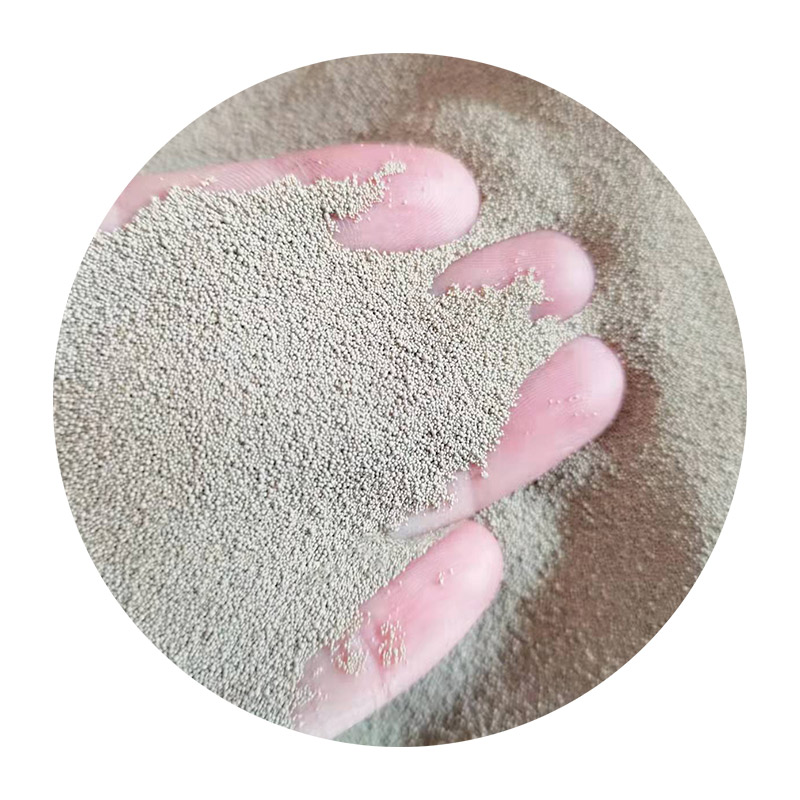The Art of Sanding Clear Resin A Guide to Perfection
Sanding clear resin is an essential step in the process of creating smooth and visually stunning resin art pieces. Whether you are working on a resin coating for a tabletop, crafting jewelry, or building intricate sculptures, understanding the techniques and best practices for sanding will elevate your work to professional standards. This article will provide you with valuable insights into sanding clear resin, addressing the tools needed, the step-by-step process, and tips for achieving a flawless finish.
Understanding Clear Resin
Clear resin, often used in art and craft projects, is loved for its glossy finish and versatility. However, the surface can become uneven due to bubbles, dust, or imperfections during the curing process. Sanding is crucial to achieving that crystal-clear, glass-like finish that resin enthusiasts strive for.
Tools and Materials
To begin sanding clear resin, you will need the following tools
1. Sandpaper Start with a coarser grit (around 80-120) for initial sanding, then gradually progress to finer grits (220, 400, and up to 1000 or more) for polishing. 2. Sanding Block or Sponge This aids in even pressure application while sanding and ensures a consistent surface. 3. Water Wet sanding helps minimize dust and keeps the surface cool, reducing the risk of damaging the resin. 4. Dust Mask and Goggles Protect your lungs and eyes from fine particulate matter during the sanding process.
The Sanding Process
1. Preparation Before sanding, ensure that the resin is fully cured. Typically, this can take anywhere from 24 to 72 hours, depending on the resin type and environmental conditions. Once cured, inspect the piece for any imperfections.
sanding clear resin

2. Start with Coarse Grit Begin your sanding process with a coarse grit sandpaper. Use a sanding block or sponge to apply even pressure across the surface. Focus on areas with significant imperfections first. You’ll likely notice a lot of dust; wet sanding can help keep this at bay.
3. Gradually Move to Finer Grits Once the surface is smooth with the coarse grit, switch to a medium grit (220) to refine the surface further. Continue this process by moving to finer grits, finishing with a high grit (800-1000) for a polished effect.
4. Keep it Wet For wet sanding, dip the sandpaper into water frequently to minimize dust and improve the finish. This method helps the sandpaper glide over the surface, preventing scratches and producing a mirror-like finish.
5. Final Polishing After reaching the desired smoothness, you can use a polishing compound to achieve an optimal shine. Apply the compound with a soft cloth or a polishing pad. Buff the surface in circular motions until you achieve that brilliant clarity.
Tips for Success
- Take Your Time Rushing through the sanding process can lead to undesirable results. Patience is key to achieving that perfect finish. - Test on a Scrapped Piece If you are new to sanding clear resin, practice on a scrap piece first to build confidence and understand how different grits affect the surface. - Clean Regularly Clean the surface and your tools regularly to avoid resanding any debris back into the piece.
Conclusion
Sanding clear resin is an art that requires practice and care. By following these steps and tips, you can refine your technique and produce stunning resin pieces that showcase your creativity. Whether crafting personal projects or producing art to sell, mastering the sanding process will undoubtedly enhance your resin work. Embrace the journey and enjoy the transformative effect sanding can have on your creations!
Post time:ኅዳር . 19, 2024 00:50
Next:Different Varieties of Foundry Sand and Their Applications in Metal Casting
